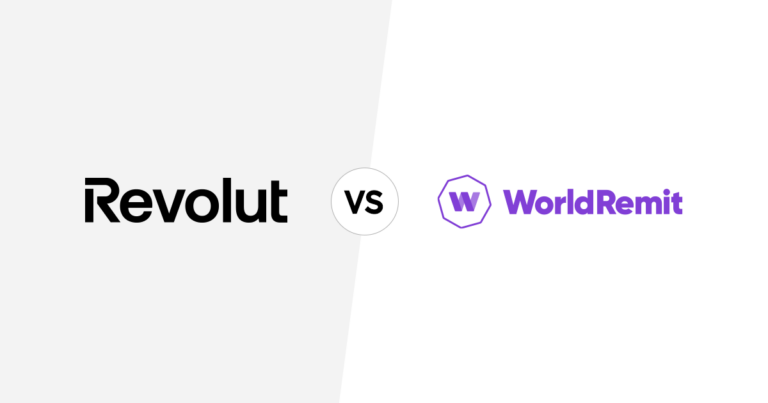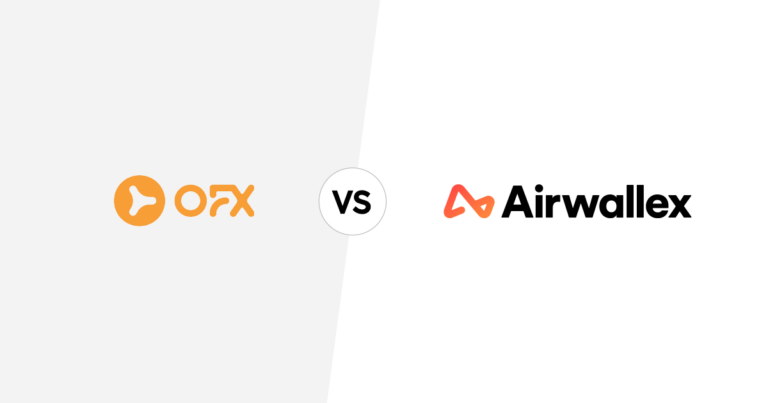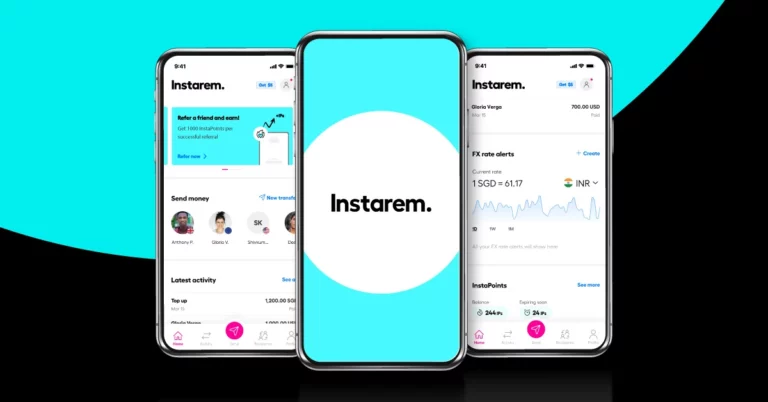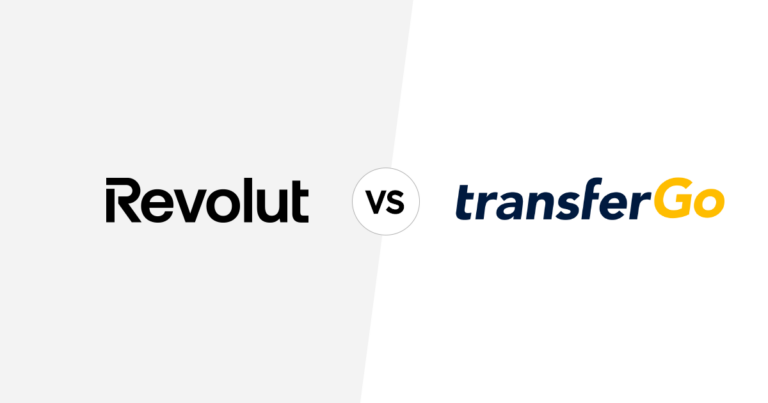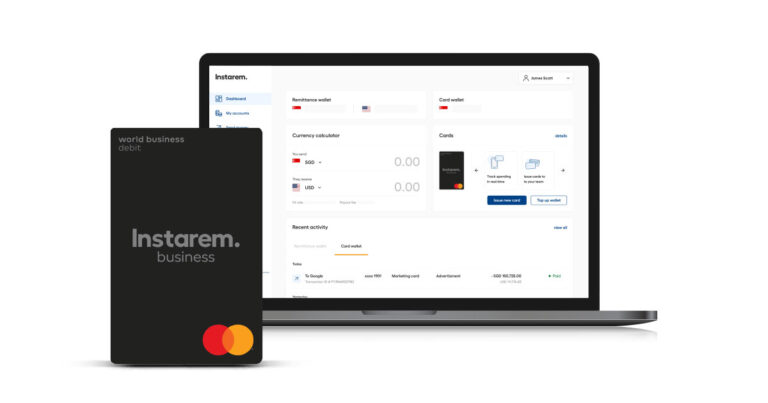A comprehensive guide to Australia’s visa options for anyone considering a move Down Under
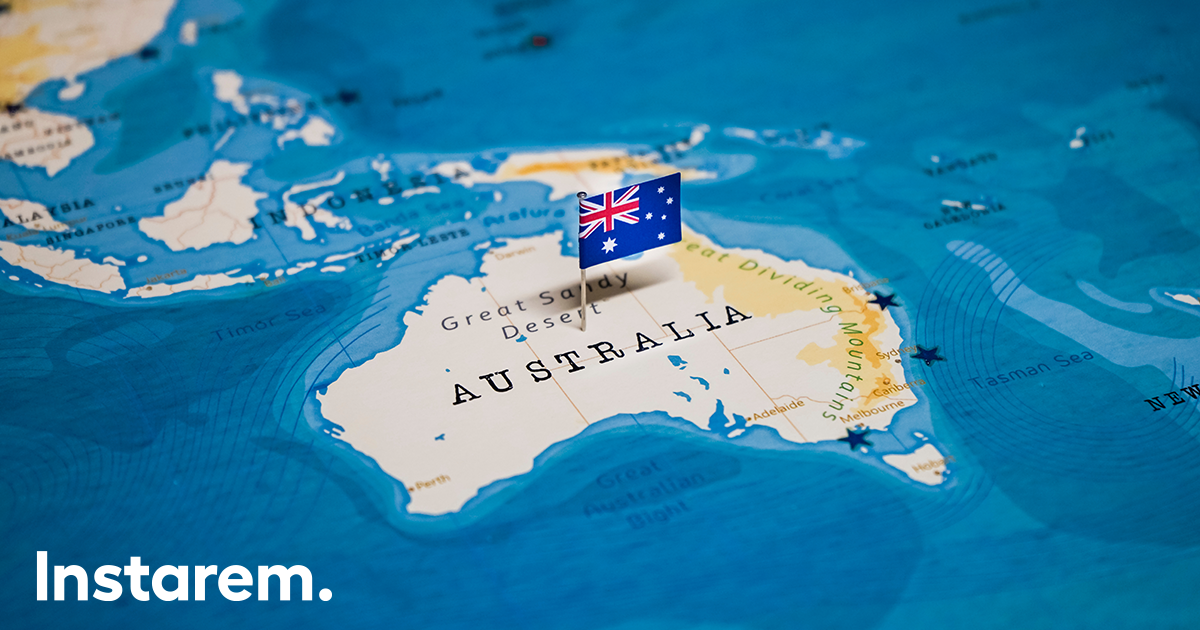
This article covers:
Australia has a complex visa system, and expats looking to move to Australia will need to carefully consider which type of visa is right for them. There are many different types of visas available, each with its own requirements and eligibility criteria. Generally, there are two main categories of visas that expats may be eligible for: temporary visas and permanent visas.
To apply for an Australian visa, expats will need to identify the appropriate visa type and meet the eligibility requirements for that visa.
This may include factors such as age, qualifications, work experience, English language proficiency, and more. Depending on the visa type, expats may also need to undergo medical and/or criminal checks, provide evidence of financial support, and obtain health insurance.
It is important for expats to carefully review the requirements and application process for their desired visa to ensure that they meet all criteria and submit a complete and accurate application.
- Temporary visa
- Work and skilled visa
- Family and partners visa
- Student visas
- Business visas
- Retirement visas
- Special category visas
- Are there any repealed visas in Australia?
Temporary visa
Australia offers a range of temporary visas that allow foreign nationals to work or study in the country. Here are four types of temporary visas available in Australia:
Temporary work (Short Stay Specialist) visa (Subclass 400)
This visa is designed for people who want to come to Australia for short-term, non-ongoing work. It is usually granted for up to three months, although it can be extended up to six months in certain circumstances.
Temporary skill shortage (TSS) visa (Subclass 482)
This visa, also known as the Temporary Skill Shortage (TSS) visa, is designed for skilled workers who are sponsored by an approved employer in Australia. There are three streams under this visa, including short-term, medium-term, and labour agreement streams.
Skilled work regional (Provisional) visa (Subclass 491)
This visa, also known as the Skilled Work Regional (Provisional) visa, is designed for skilled workers who want to live and work in regional areas of Australia. Applicants must be sponsored by an eligible relative or nominated by a state or territory government.
Skilled employer-sponsored regional (provisional) visa (Subclass 494)
This visa, also known as the Skilled Employer-Sponsored Regional (Provisional) visa, is designed for skilled workers who are sponsored by an employer in regional areas of Australia. It allows holders to live and work in Australia for up to five years and may lead to permanent residency through the Subclass 191 visa.
How to apply
To apply for a temporary visa, applicants must first determine which visa they are eligible for and then complete an online application through the Department of Home Affairs website. The application will require various personal and professional details, as well as evidence of meeting the specific visa requirements. Applicants may also be required to attend an interview or provide biometric information (such as fingerprints) as part of the application process.
It is important to note that visa processing times can vary greatly depending on the type of visa and individual circumstances, so it is recommended to apply well in advance of the intended travel date.
Work and skilled visa
Australia offers several types of work and skilled visas that allow foreign workers to live and work in the country. Here are some of the most popular work and skilled visa subclasses:
Skilled independent visa (Subclass 189)
This visa is for skilled workers who are not sponsored by an employer, a state, or a territory government. Applicants must have an occupation on the relevant skilled occupation list, meet the relevant skill assessment requirements, and score enough points on the points test.
Skilled nominated visa (Subclass 190)
This visa is for skilled workers who are nominated by a state or territory government. Applicants must have an occupation on the relevant skilled occupation list, meet the relevant skill assessment requirements, and score enough points on the points test. In addition, they must be nominated by a state or territory government agency.
Skilled work regional (provisional) visa (Subclass 491)
This visa is for skilled workers who are nominated by a state or territory government or sponsored by an eligible family member. Applicants must have an occupation on the relevant skilled occupation list, meet the relevant skill assessment requirements, and score enough points on the points test. This visa allows holders to live and work in a designated regional area for up to five years.
How to apply
The application process for these visas involves several steps, including submitting an Expression of Interest (EOI), receiving an invitation to apply, providing documentation to support the application, and undergoing medical and character checks.
It is important to carefully review the requirements and instructions for each visa type before applying. Additionally, applicants may benefit from the assistance of a registered migration agent to ensure their application is complete and meets all requirements.
Family and partners visa
Australia offers several Family and Partner Visas that allow the family members and partners of Australian citizens or permanent residents to join them in Australia.
Partner visa (apply overseas) (Subclass 309/100)
A Partner Visa allows the spouse or de facto partner of an Australian citizen or permanent resident to live in Australia temporarily while their permanent Partner Visa application is being processed.
Partner visa (apply in Australia) (Subclass 820/801)
A Partner Visa allows the partner or spouse of an Australian citizen, Australian permanent resident or eligible New Zealand citizen to live in Australia.
You apply for temporary and permanent partner visas together.
Prospective marriage visa (Subclass 300)
A Prospective Marriage Visa allows the fiancé of an Australian citizen or permanent resident to live in Australia for nine months and marry their sponsor within that time.
After you and your partner are officially married, you can apply for a Partner Visa to stay permanently in Australia. These visas require the sponsor to meet certain financial and character requirements and prove the genuine nature of their relationship. The applicant must also meet certain health and character requirements and provide evidence of their English language proficiency.
Also, under the Family and Partners Visa, there is a Child Visa (Subclass 101/802) for dependent children of Australian citizens, permanent residents, or eligible New Zealand citizens. This visa allows children to live in Australia permanently with their parents.
Besides the Child Visa, there is also a Parent Visa (Subclass 103/143/173/804/864/884) for parents of Australian citizens or permanent residents.
How to apply
To apply for Family and Partner Visas, the applicant must submit an online application and provide evidence of their relationship, such as joint bank accounts, shared household bills, photos together, and correspondence. The applicant must also undergo health and character checks.
The processing time for these visas can vary but can take up to 24 months in some cases. It is important to carefully review the requirements and consult with a migration agent or lawyer to ensure a successful application.
Other visas
Apart from the visas mentioned earlier, there are several other visa options available for those seeking to visit, work, study or migrate to Australia. These include;
Student visas (Subclass 500)
These visas are for international students who want to study full-time in Australia. The Subclass 500 visa allows students to study for up to five years and work part-time while studying.
Business visas (Subclass 188)
These visas are for entrepreneurs, investors and business owners who want to start or invest in a business in Australia. The Subclass 188 visa allows individuals to establish a business or invest in an existing one for up to four years.
Retirement visas (Subclass 405)
These visas are for self-funded retirees who want to spend their retirement years in Australia. The Subclass 405 visa allows individuals to retire in Australia and enjoy its high standard of living.
Special category visas (Subclass 444)
These visas are for individuals who are from certain countries, including New Zealand and have a special agreement with Australia. The Subclass 444 visa allows New Zealand citizens to live and work in Australia indefinitely.
The Australian government has designed each visa type to suit the specific needs and requirements of different individuals, based on their purpose of visit and intended duration of stay.
Visitor visas are intended for individuals who want to travel to Australia for a holiday, visit friends or family, or engage in short-term non-work activities. These visas allow individuals to stay in the country for up to 12 months, depending on their circumstances. On the other hand, student visas are issued to individuals who wish to study full-time in a recognized Australian educational institution. These visas are granted for the duration of the course and also allow the holder to work a certain number of hours per week.
Skilled visas are intended for individuals who have the necessary skills and qualifications to fill in specific gaps in the Australian workforce. These visas are granted based on a points system that takes into account various factors, such as age, work experience, language proficiency, and education level. Family visas, on the other hand, are designed for individuals who have a family member living in Australia and want to join them.
There’s a visa for everyone
The Australian government has also introduced other visa types, such as business visas, working holiday visas, and humanitarian visas, among others. Each visa type has specific requirements and conditions that must be met for successful application and approval. The Australian immigration system is complex, and it is recommended that individuals seek professional guidance to ensure that they apply for the correct visa type and meet all the requirements for successful application and approval.
For further detailed and official information regarding visa types, requirements and application procedures, you can visit the official website.
Are there any repealed visas in Australia?
Australia has several types of visas that have been repealed, meaning they are no longer available for new applications. These visas were either replaced by newer visa subclasses or were deemed redundant due to changes in Australia’s migration policies.
One example of a repealed visa subclass is the Subclass 151 – Former Resident Return Visa, which was replaced by the Subclass 155 and Subclass 157 visas. The Subclass 151 allowed former Australian permanent residents and citizens to return to Australia as permanent residents. The newer Subclass 155 and Subclass 157 visas now serve this purpose.
Another repealed visa subclass is the Subclass 107 – Independent Skilled (Regional) visa, which was replaced by the Subclass 495 and Subclass 496 visas. The Subclass 107 visa allowed skilled migrants to live and work in regional areas of Australia. The newer Subclass 495 and Subclass 496 visas now serve this purpose.
The Subclass 836 – Carer visa is another example of a repealed visa subclass. This visa was replaced by the Subclass 116 and Subclass 836 visas, which allow carers to come to Australia to provide care for their relatives who have a medical condition that requires ongoing care or support.
It is important to note that while these visas have been repealed, individuals who already hold these visas can continue to use them to travel to and from Australia. Additionally, there may be other visa options available for individuals seeking to migrate to Australia, and it is always advisable to seek the advice of a registered migration agent or immigration lawyer for guidance on the most appropriate visa for your circumstances.
Moving to Australia can be a complex process, but understanding the visa requirements is an essential first step. Whether you’re planning to work, study, or join your family members in Australia, there is a range of visa options available for your needs. By researching your options and seeking professional advice where necessary, you can ensure a smooth and successful transition to life in Australia.
Before you go…
Of course, besides visa requirements, there’s financial management you need to think about. To be specific, sending money back home to your family in your home country.
Fortunately, there is Instarem, a fast and secure digital remittance service. Instarem can provide you with the best currency exchange rates which will help you to save significantly. It is also fast and secure, you can rest assured that your loved ones will receive the money you are sending to them, securely.
Try Instarem for your next transfer.
Download the app or sign up here.
Instarem services are not limited to personal remittance only — if you plan to set up a business in Australia and have suppliers, business partners, or remote workers located in different countries, Instarem can provide you with global payment solutions.
*Disclaimer: This article is intended for informational purposes only. All details are accurate at the time of publishing. Instarem has no affiliation or relationship with products or vendors mentioned.




